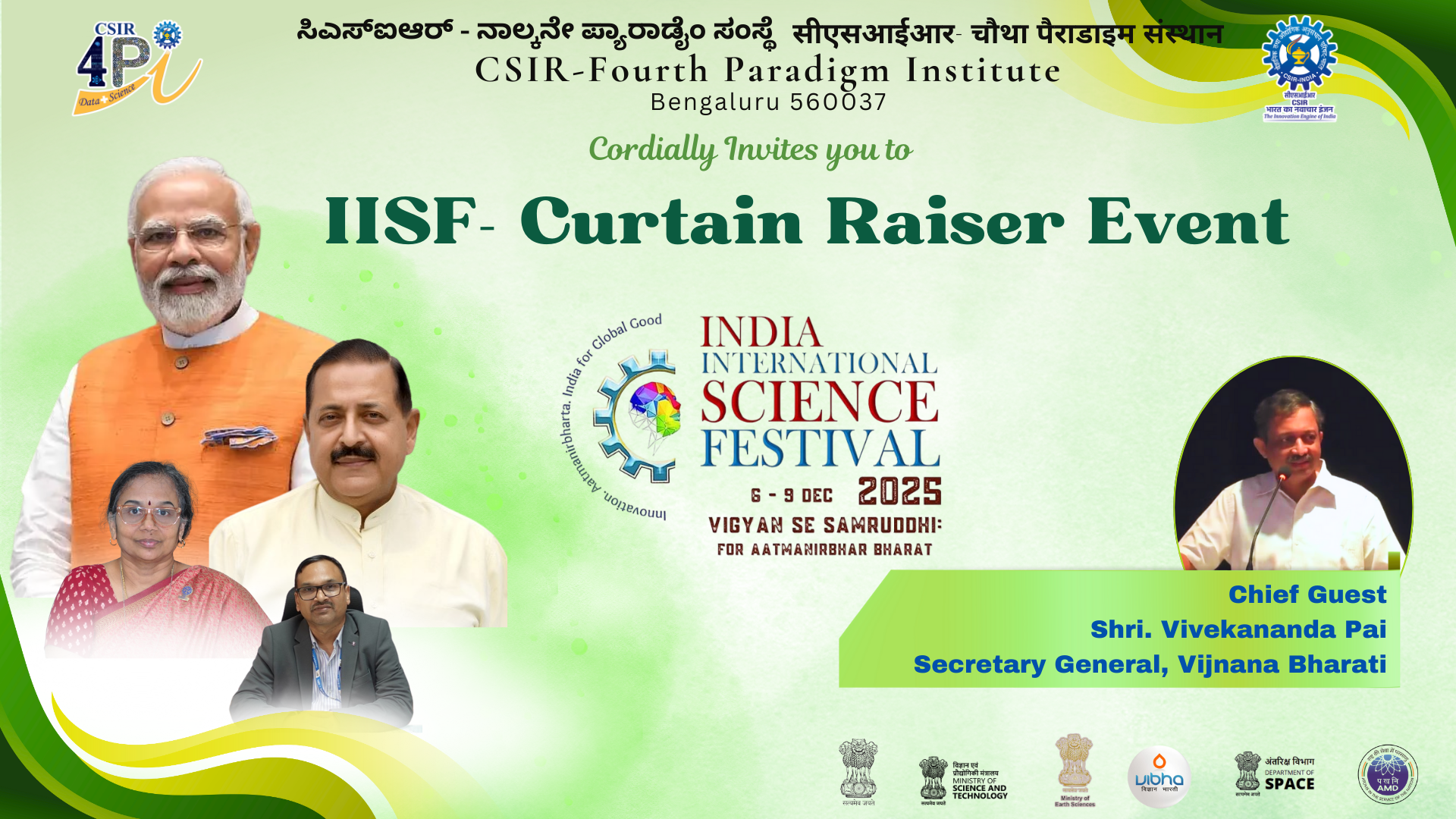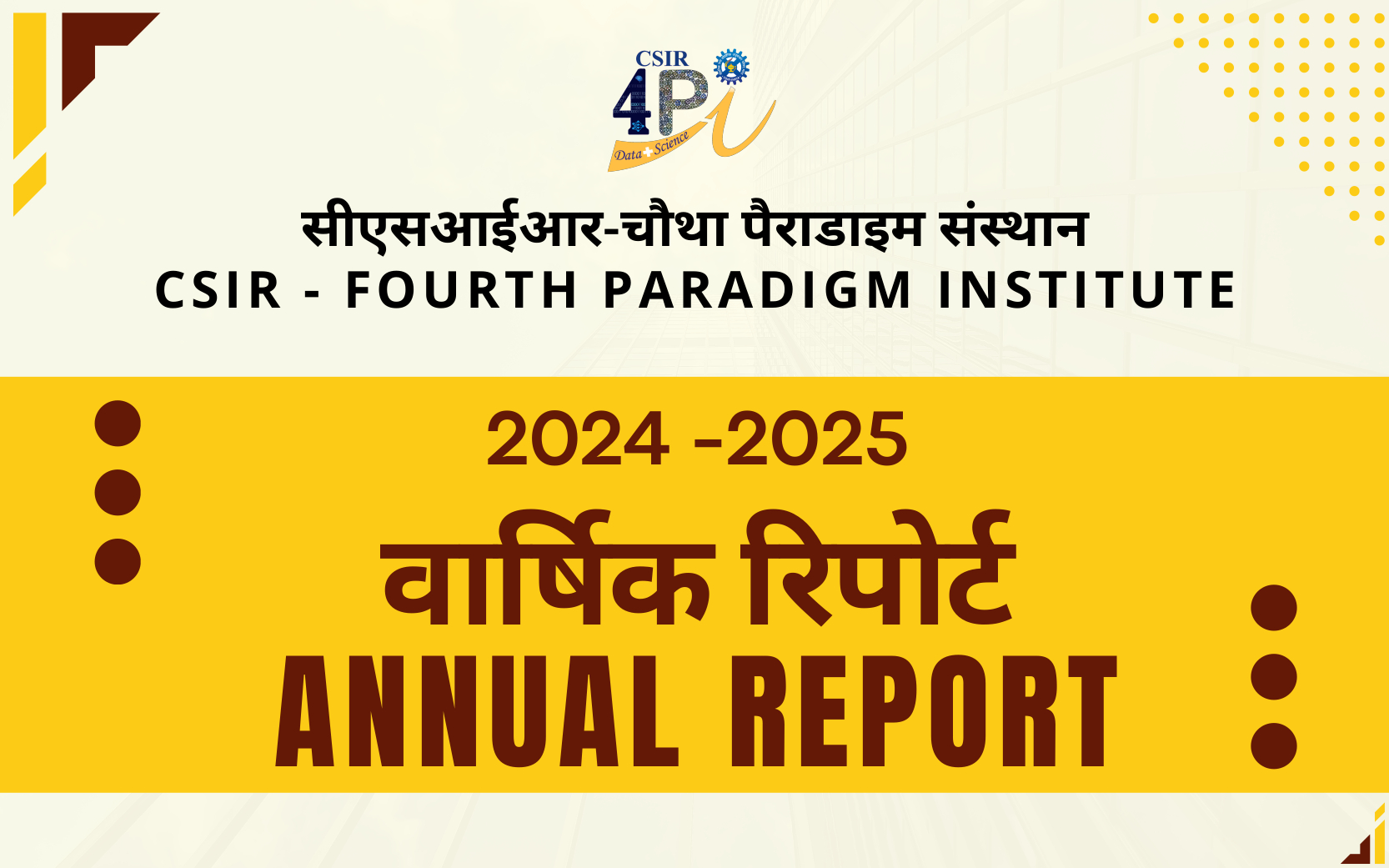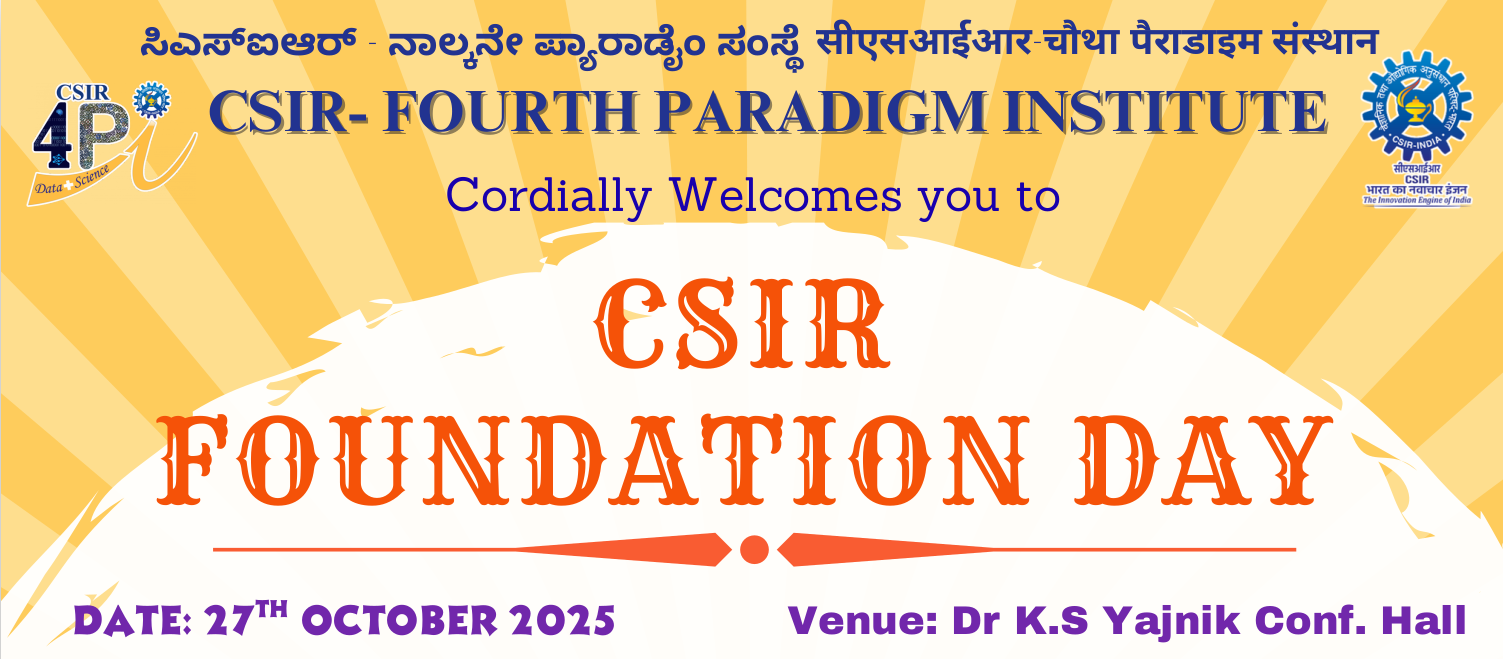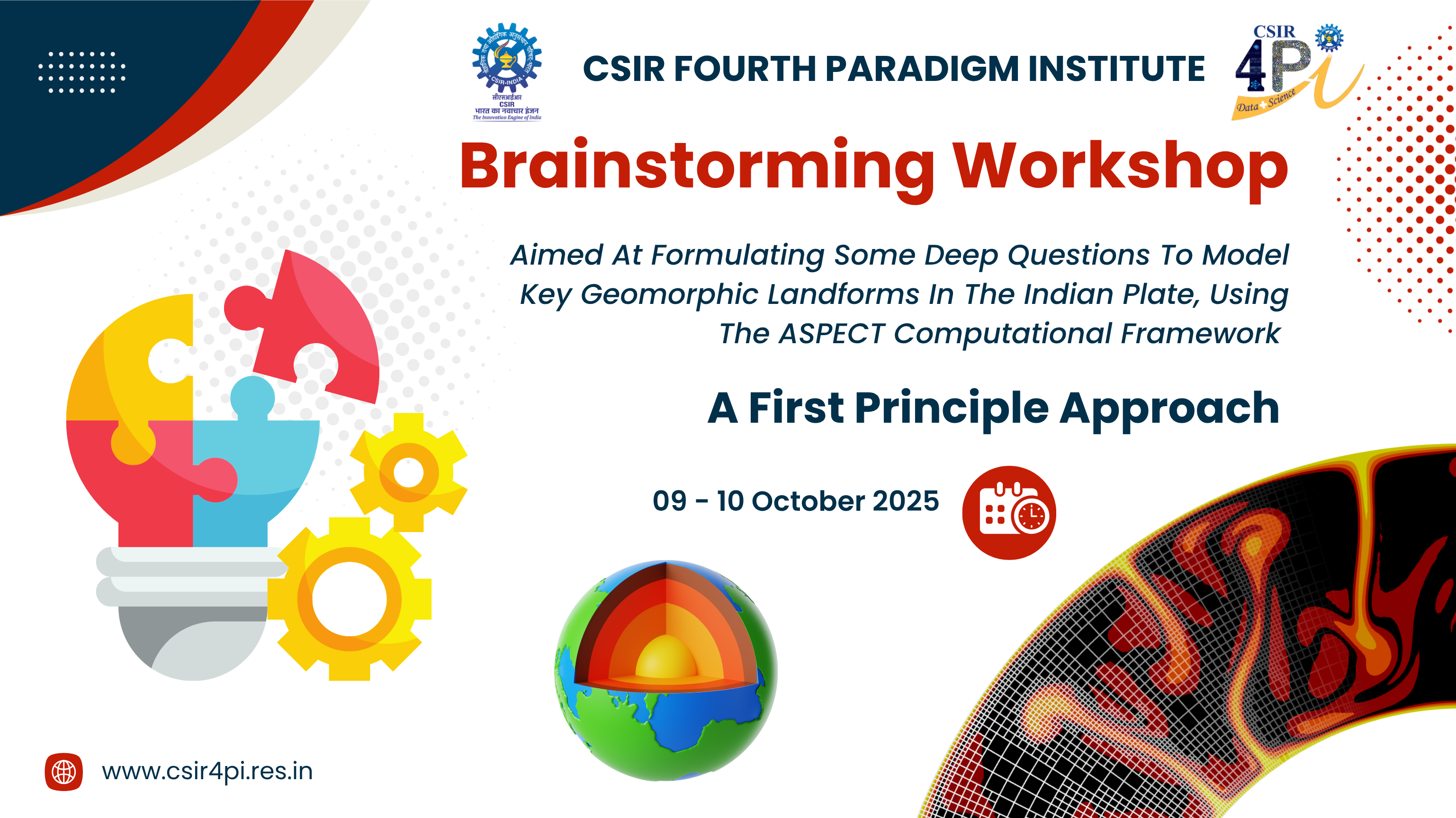Insights from a Pan India Sero-Epidemiological survey (Phenome-India Cohort) for SARS-CoV2
by Salwa Naushin, Viren Sardana, Rajat Ujjainiya, Nitin Bhatheja, Rintu Kutum, Akash Kumar Bhaskar, Shalini Pradhan, Satyartha Prakash, Raju Khan, Birendra Singh Rawat, Karthik Bharadwaj Tallapaka, Mahesh Anumalla, Giriraj Ratan Chandak, Amit Lahiri, Susanta Kar, Shrikant Ramesh Mulay, Madhav Nilakanth Mugale, Mrigank Srivastava, Shaziya Khan, Anjali Srivastava, Bhawna Tomar, Murugan Veerapandian, Ganesh Venkatachalam, Selvamani Raja Vijayakumar, Ajay Agarwal, Dinesh Gupta, Prakash M Halami, Muthukumar Serva Peddha, Gopinath M Sundaram, Ravindra P Veeranna, Anirban Pal, Vinay Kumar Agarwal, Anil Ku Maurya, Ran Vijay Kumar Singh, Ashok Kumar Raman, Suresh Kumar Anandasadagopan, Parimala Karuppanan, Subramanian Venkatesan, Harish Kumar Sardana, Anamika Kothari, Rishabh Jain, Anupma Thakur, Devendra Singh Parihar, Anas Saifi, Jasleen Kaur, Virendra Kumar, Avinash Mishra, Iranna Gogeri, Geethavani Rayasam,






























